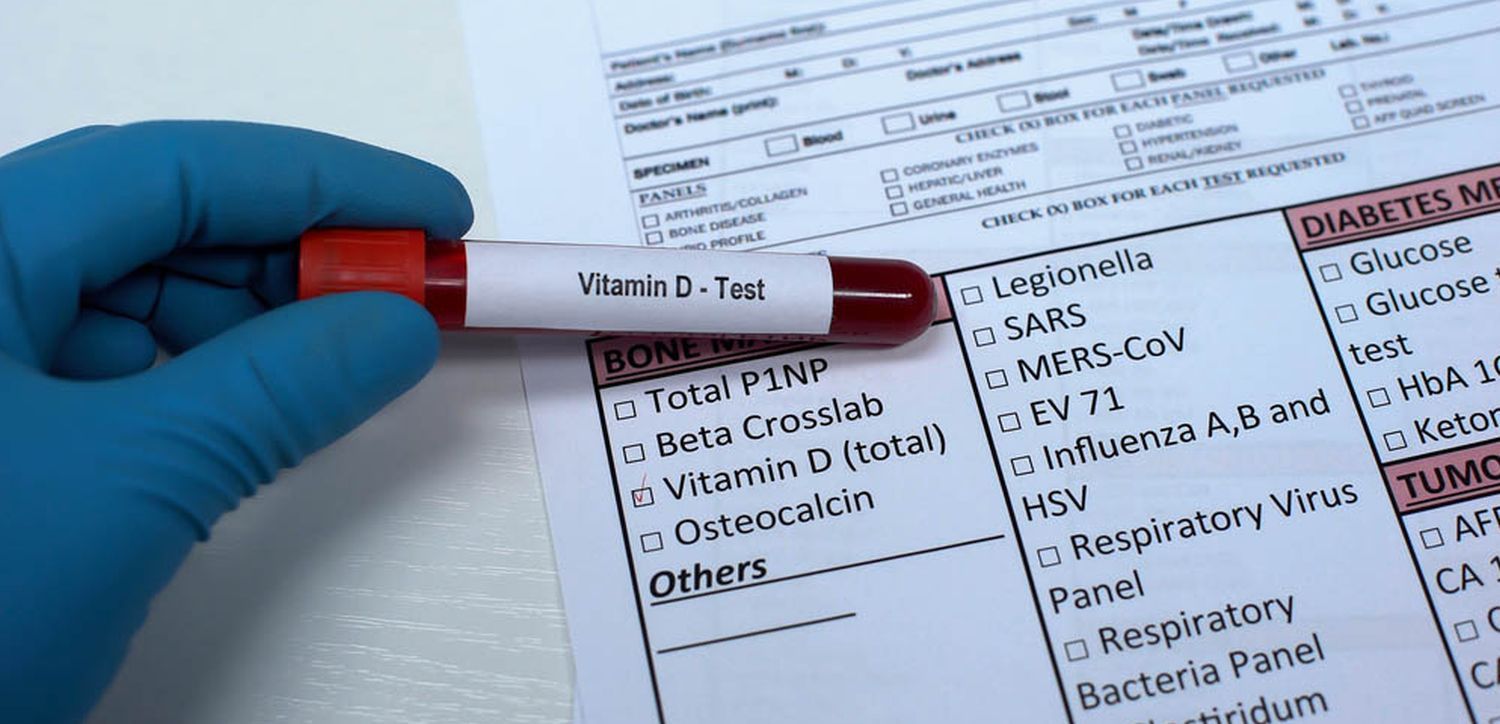Complete Guide to Understanding Your Vitamin D Test Results

Complete Guide to Understanding Your Vitamin D Test Results
Vitamin D supports bone health, immune function, and general health. Medical professionals test your blood for 25-hydroxyvitamin D to show your body's vitamin D status.
This test requires blood collection, typically in the morning. Your results help identify deficiencies, guide treatment, prevent bone diseases, and monitor supplementation effectiveness. If you recently received your results and need a personalized analysis, LabAnalyzer can offer a specific breakdown.
More broadly, this guide explains test ranges, deficiency signs, high-level risks, and ways to maintain healthy vitamin D levels.
Optimal Vitamin D Ranges
Your test measures vitamin D in nanograms per milliliter (ng/mL) or nanomoles per liter (nmol/L). The 25-hydroxyvitamin D test shows your body's vitamin D stores. Your medical team uses these measurements to assess your vitamin D status and bone disease risk. Here's what your numbers mean:
Deficient: Under 20 ng/mL (50 nmol/L)
These low numbers show insufficient vitamin D, which leads to:
Weak bones from poor calcium absorption
Reduced immune function and frequent infections
Muscle weakness and poor coordination
Increased fall risk in older adults
Higher risk of autoimmune conditions
Poor wound healing and tissue repair
Insufficient: 20–29 ng/mL (50–74 nmol/L)
These numbers show suboptimal levels, which raise your risk of:
Bone density loss over time
Muscle weakness and pain
Reduced calcium absorption
Higher fracture risk
Compromised immune response
Slower tissue healing
Sufficient: 30–50 ng/mL (75–125 nmol/L)
These numbers support:
Strong bone formation
Good muscle function
Proper immune response
Normal calcium absorption
Healthy cell growth
Reduced inflammation
Optimal: 40–60 ng/mL (100–150 nmol/L)
Research shows these numbers provide:
Maximum bone strength
Best immune system function
Optimal muscle performance
Proper hormone production
Good neurological function
Reduced chronic disease risk
Toxic: Over 100 ng/mL (250 nmol/L)
High numbers cause:
Dangerous calcium buildup
Kidney damage from excess calcium
Heart rhythm problems
Blood vessel calcification
Cognitive problems
Organ damage
Signs of Vitamin D Deficiency
Many people have low vitamin D from limited sun exposure, dark skin, or poor diet. Watch for these physical changes:
Bone Problems:
Deep bone pain in legs, hips, ribs
Soft or brittle bones
Higher fracture risk from minor injuries
Poor calcium absorption markers
Children show rickets signs
Adults develop osteomalacia signs
Joint stiffness and swelling
Spine curvature changes
Dental problems and cavities
Bone deformities in severe cases
Energy and Muscle Signs:
Ongoing tiredness all day
Low energy for daily tasks
Poor cell energy production
Muscle weakness in arms and legs
Frequent muscle cramps at night
Limited physical endurance
Exercise intolerance
Morning fatigue
Poor concentration at work
Reduced physical capacity
Health Changes:
More frequent colds and flu
Slow healing of cuts and scrapes
Weak immune response to vaccines
Seasonal mood changes in winter
Depression symptoms increase
Hair falls out in patches
Skin becomes dry and itchy
Hormonal changes occur
Blood sugar fluctuates
Sleep patterns change
High Vitamin D Levels and Concerns
Too much vitamin D raises calcium absorption to dangerous levels. Monitor these warning signs:
Hypercalcemia Signs:
Kidney stones form
Stomach pain and nausea start
Mental confusion develops
Heart rhythms change
Thirst increases significantly
Urination becomes frequent
Bone pain intensifies
Digestive problems occur
Memory issues arise
Muscles become weak
Common Causes:
Taking multiple vitamin D supplements
Incorrect supplement dose calculations
Medical conditions affect absorption
Some cancers change metabolism
Certain medications alter processing
Genetic factors influence levels
Excessive sun exposure adds up
Laboratory errors show false results
Multiple vitamin products overlap
Supplement quality varies
Safe Limits:
Your doctor sets personal limits based on:
Current blood test results
Health conditions and history
Active medications
Age and body weight
Absorption rate
Kidney test results
Liver function tests
Calcium blood levels
PTH hormone status
Past medical problems
Seasonal Changes in Vitamin D
Your levels change through seasons:
Summer Production:
Sun exposure increases
Natural production rises
Absorption improves
Supplement needs drop
UVB rays strengthen
Daylight hours lengthen
Winter Reduction:
Sun exposure drops
Natural production falls
Absorption decreases
Supplement needs rise
UVB rays weaken
Daylight hours shorten
Individual Factors:
Skin melanin affects production
Clothing blocks UV rays
Sunscreen reduces synthesis
Indoor time limits exposure
Glass filters UVB rays
Air quality impacts UVB
Supplementation Guidelines
Follow these guidelines for safe supplementation:
Daily Requirements:
Babies (0-12 months): 400 IU
Children (1-18 years): 600 IU
Adults (19-70 years): 600-800 IU
Elderly (71+ years): 800 IU
Pregnant/Nursing: 600 IU
Best Practices:
Take supplements with fatty meals
Space doses throughout day
Combine with vitamin K2
Choose quality brands
Store in cool, dry place
Track daily intake
Check expiration dates
Report side effects
Monitor blood levels
Adjust as needed
Special Situations Need More:
Malabsorption disorders
Obesity
Dark skin
Limited sun exposure
Certain medications
Kidney problems
Liver conditions
Pregnancy
Breastfeeding
Advanced age
Key Takeaway
Your vitamin D test results guide your health choices. Keep levels in normal range through proper supplementation, sun exposure, and diet. Watch for low or high vitamin D signs. Get regular blood tests. Follow your medical team's recommendations for optimal vitamin D status.